It’s Like Shopping for the Perfect Christmas Gift
Last week we talked about how a construction project should have the same sense of excitement as opening the perfect gift on Christmas morning. The problem is, more often than not, it’s like getting a stocking full of coal.

A construction project should be a good experience…not a bad one.
We talked about the six things to consider when looking for the builder that’s the right fit for you. There are some other things to consider as well. These things are about what you want.
- What is the problem(s) or issue(s) that need addressed?
- Do we need more space for our growing family?
- What is our budget?
Maybe this construction project is building your dream home.

Determining the reason(s) behind your construction project can help when choosing your construction contractor.
An example of the need for the right professional help is a window project that I was asked about a few years ago.
The customer had a window that was put in in the early ‘90s and the bottom frame of the wood sash was rotting. They contacted the manufacturer’s retail store and met with a sales representative. The rep. told the customer that the problem was hail damage and all the windows needed to be replaced.
The customer received a quote for over $36,000 to replace thirteen windows.
Having done other work for this customer before, they asked my opinion.
I agreed to give the customer a proposal for replacing the windows using the same windows previously quoted. My price was almost $10,000 less for the same work with the same windows.
This was before I even went to look at the project.
Having installed a lot of these windows over my career, I found it hard to believe that all of them needed to be replaced. So, I scheduled a meeting to look at the project.
After looking at it, I determined that of the thirteen windows originally quoted by the manufacturer…only one needed replaced. All the others needed was some interior wood refinishing.
When it was all said and done the customer opted to replace all thirteen windows, and even with some additional staining and painting, the project was just a little over $26,000.
The manufacturer’s quote was a simple one-size-fits-all solution that did not have the customer’s best interest at heart.
It takes experience, knowledge, and a desire to help the customer find the best solution to go beyond one size fits all.

Construction projects can be overwhelming and daunting for customers. The fear of mistakes and making the wrong decisions keeps people from moving forward. Hesitance is a stumbling block that prevents people from enjoying their dream project.
When faced with the opportunity to make a decision, make one. “I understand that God did not put in me the ability to always make right decisions. He did, however, put in me the ability to make a decision and then make it right.” (Andy Andrews, The Traveler’s Gift)
We all have areas in our lives in which we are more skilled or knowledgeable. This is why it’s important to find qualified professionals to guide you through areas where you are less qualified.
One of the biggest challenges with building a dream is getting all parties involved moving the same direction. Too many times these parties are pulling in different directions. Like two horses pulling together as a team can accomplish more, we can do the same. That team of horses need someone to take control of the reigns and give direction.
Guidance is one of the most important things needed to build your dream.
Finding the right builder is like doing a construction project, in that it’s not as scary as it seems if you know what questions to ask and have someone you trust guiding you.
Make your construction project like opening that gift on Christmas morning that you’ve always wanted. It doesn’t have to be a stocking full of coal.
If you’d like to learn more about how to build your dream construction project, check out some of the Building a Dream Project blog posts at Solution Building.








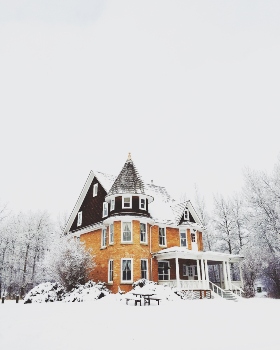




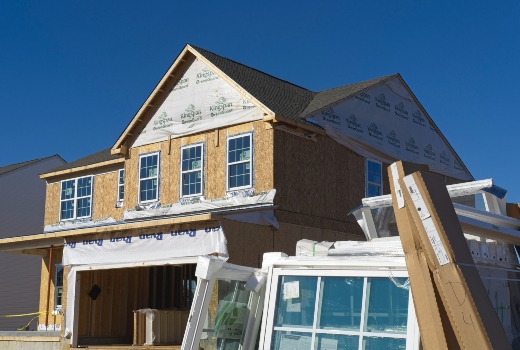

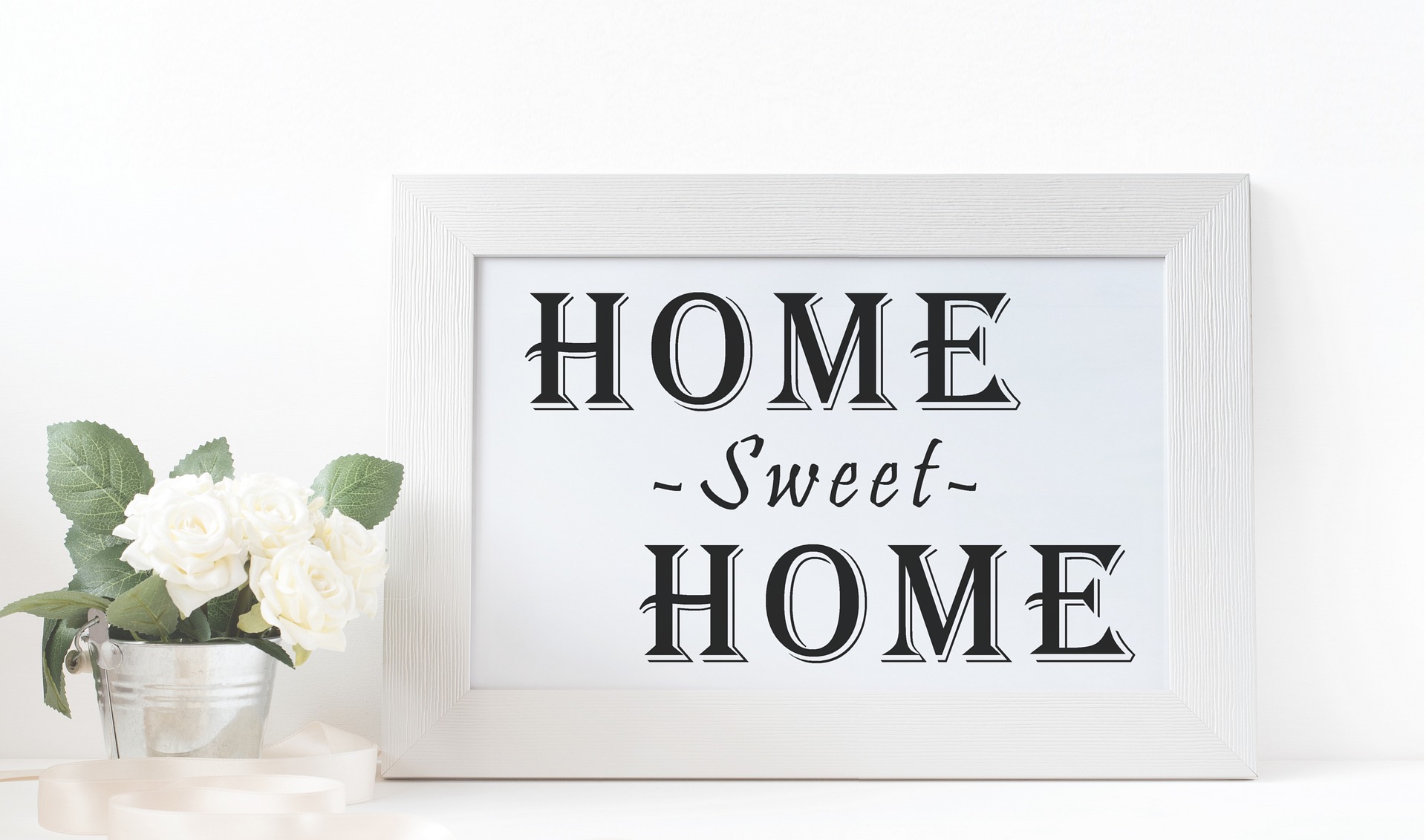





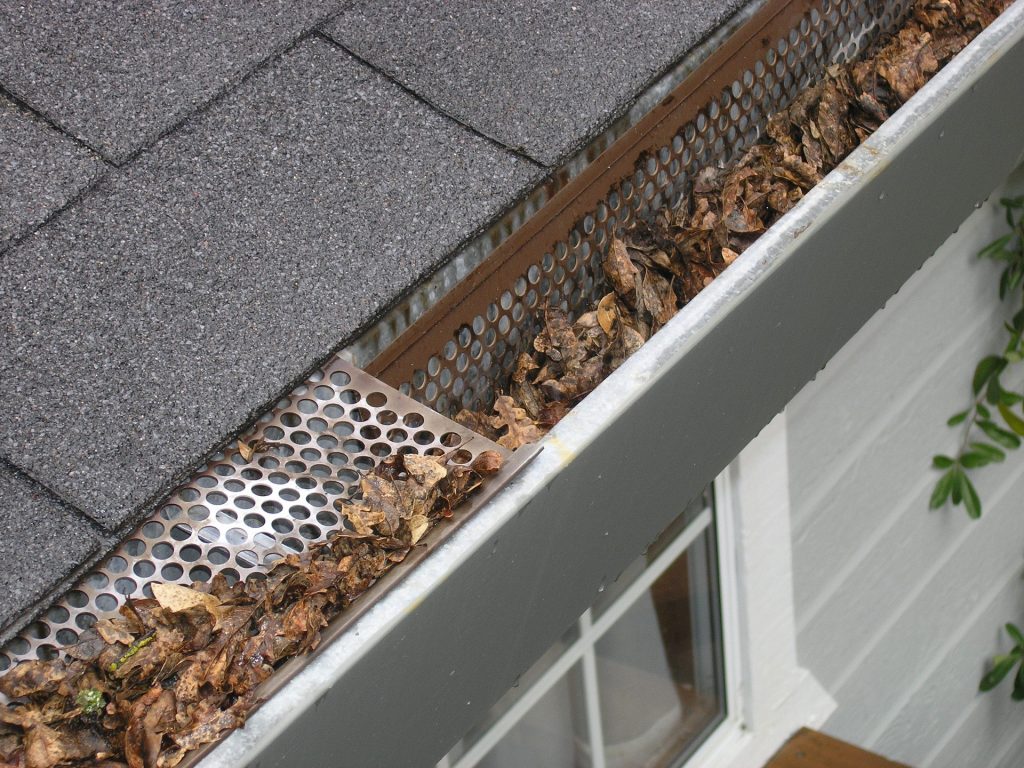
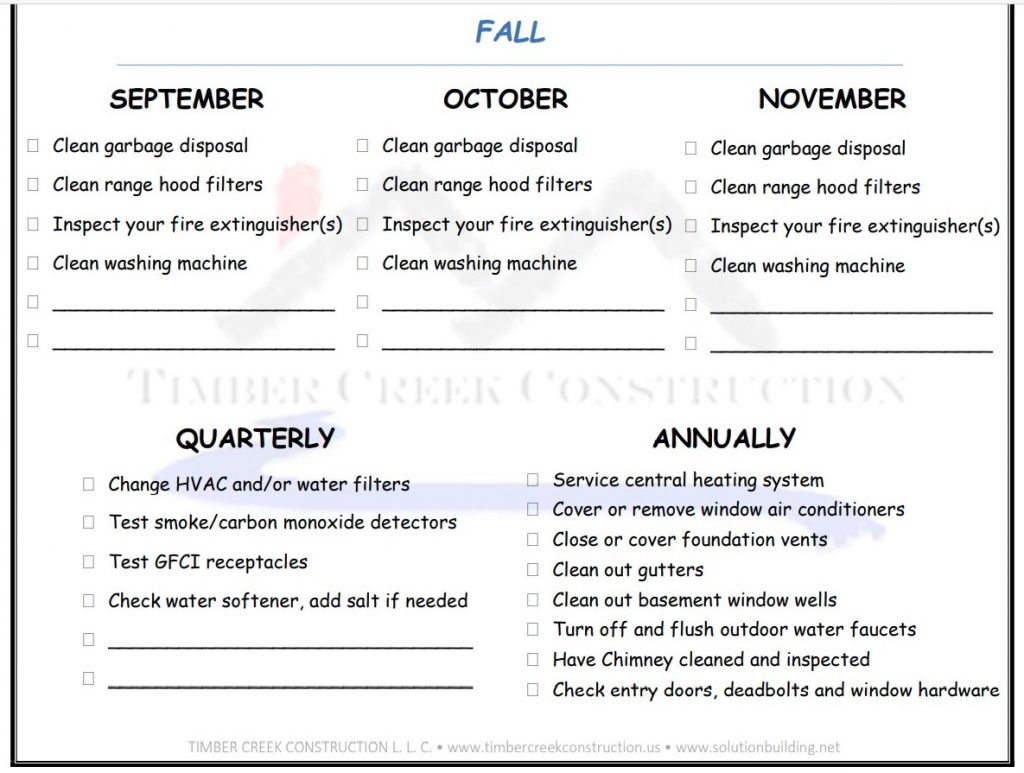




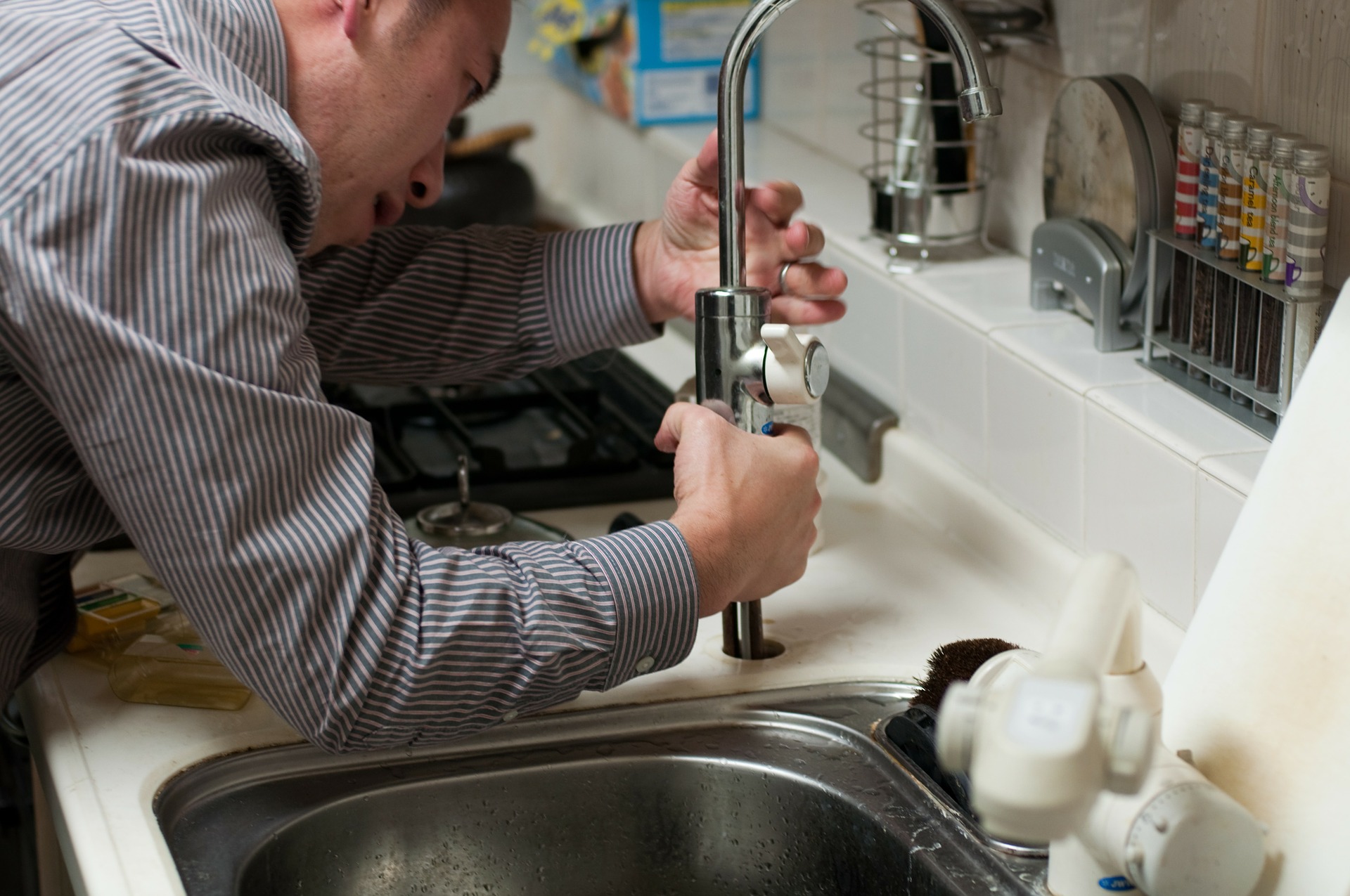

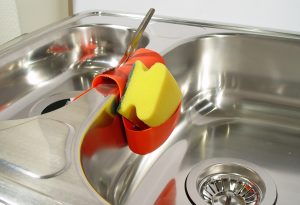 Clean garbage disposals – Put a little vinegar in an ice cube tray, add some water and freeze, then run some cubes through the disposal. Follow up with a little baking soda and warm water. The ice cubes will sharpen the blades, the vinegar and baking soda will break down food and grease build up and will leave it smelling fresh and clean.
Clean garbage disposals – Put a little vinegar in an ice cube tray, add some water and freeze, then run some cubes through the disposal. Follow up with a little baking soda and warm water. The ice cubes will sharpen the blades, the vinegar and baking soda will break down food and grease build up and will leave it smelling fresh and clean.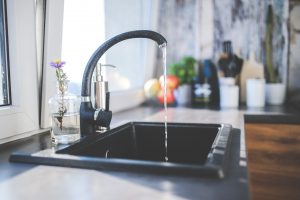 Clean faucet aerators and shower heads – Dirty aerators on the end of your faucets and in shower heads can mean limescale and sediment are blocking the flow and water pressure. Unscrew the aerators and shower heads, remove the aerator and/or screen, soak them in a 50/50 vinegar/water mixture for 30 minutes or until clean, rinse and reinstall. Be careful to pay attention to the order and direction the parts come apart so that you can put them back together correctly.
Clean faucet aerators and shower heads – Dirty aerators on the end of your faucets and in shower heads can mean limescale and sediment are blocking the flow and water pressure. Unscrew the aerators and shower heads, remove the aerator and/or screen, soak them in a 50/50 vinegar/water mixture for 30 minutes or until clean, rinse and reinstall. Be careful to pay attention to the order and direction the parts come apart so that you can put them back together correctly.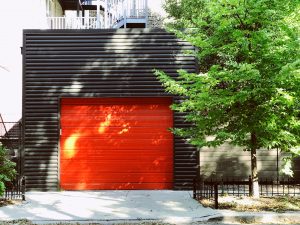 Lubricate and test overhead garage door – Garage doors have moving parts that should be lubricated. With the door closed clean dirt and debris from the track. Use a lithium-based aerosol and spray rollers, bearings and other moving parts of the door and opener (chain or threaded rod). Your garage door should have stop and auto reverse motion detection to sense if an object is in its path. Get a 2×4 piece of wood and place it underneath the open door, then close the door using the opener button. The door should stop closing once it detects the wood and go back up. Also test the photo-electric sensors by moving something in front of them while the door is coming down, it should reverse direction and go back up.
Lubricate and test overhead garage door – Garage doors have moving parts that should be lubricated. With the door closed clean dirt and debris from the track. Use a lithium-based aerosol and spray rollers, bearings and other moving parts of the door and opener (chain or threaded rod). Your garage door should have stop and auto reverse motion detection to sense if an object is in its path. Get a 2×4 piece of wood and place it underneath the open door, then close the door using the opener button. The door should stop closing once it detects the wood and go back up. Also test the photo-electric sensors by moving something in front of them while the door is coming down, it should reverse direction and go back up.
 The complete list can certainly seem overwhelming. This is a big part of why routine maintenance gets overlooked. If you break it down into the individual tasks, spread them out and schedule them, it’s doable, like eating an elephant one bite at a time.
The complete list can certainly seem overwhelming. This is a big part of why routine maintenance gets overlooked. If you break it down into the individual tasks, spread them out and schedule them, it’s doable, like eating an elephant one bite at a time.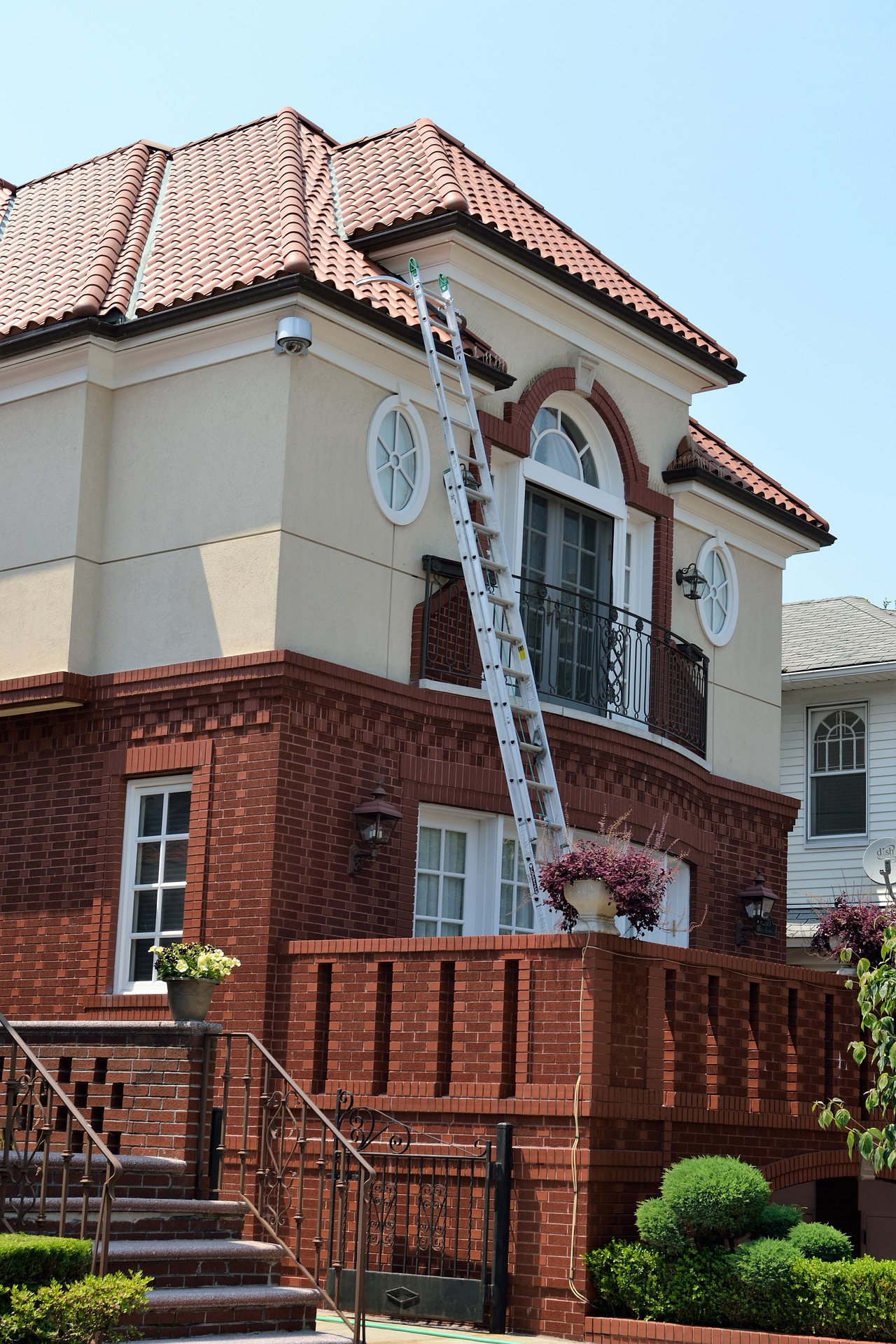

 With everything else going on in life, how can we remember one more thing? We don’t have to if we have a scheduled plan. First you need to decide if home maintenance is important enough for you to bother with. If it doesn’t bother you when you’re forced to deal with a big problem, then don’t worry about it. You’ll know the sump pump has quit working when you replace the carpet, baseboard and lower portion of the sheetrock in your basement.
With everything else going on in life, how can we remember one more thing? We don’t have to if we have a scheduled plan. First you need to decide if home maintenance is important enough for you to bother with. If it doesn’t bother you when you’re forced to deal with a big problem, then don’t worry about it. You’ll know the sump pump has quit working when you replace the carpet, baseboard and lower portion of the sheetrock in your basement.



